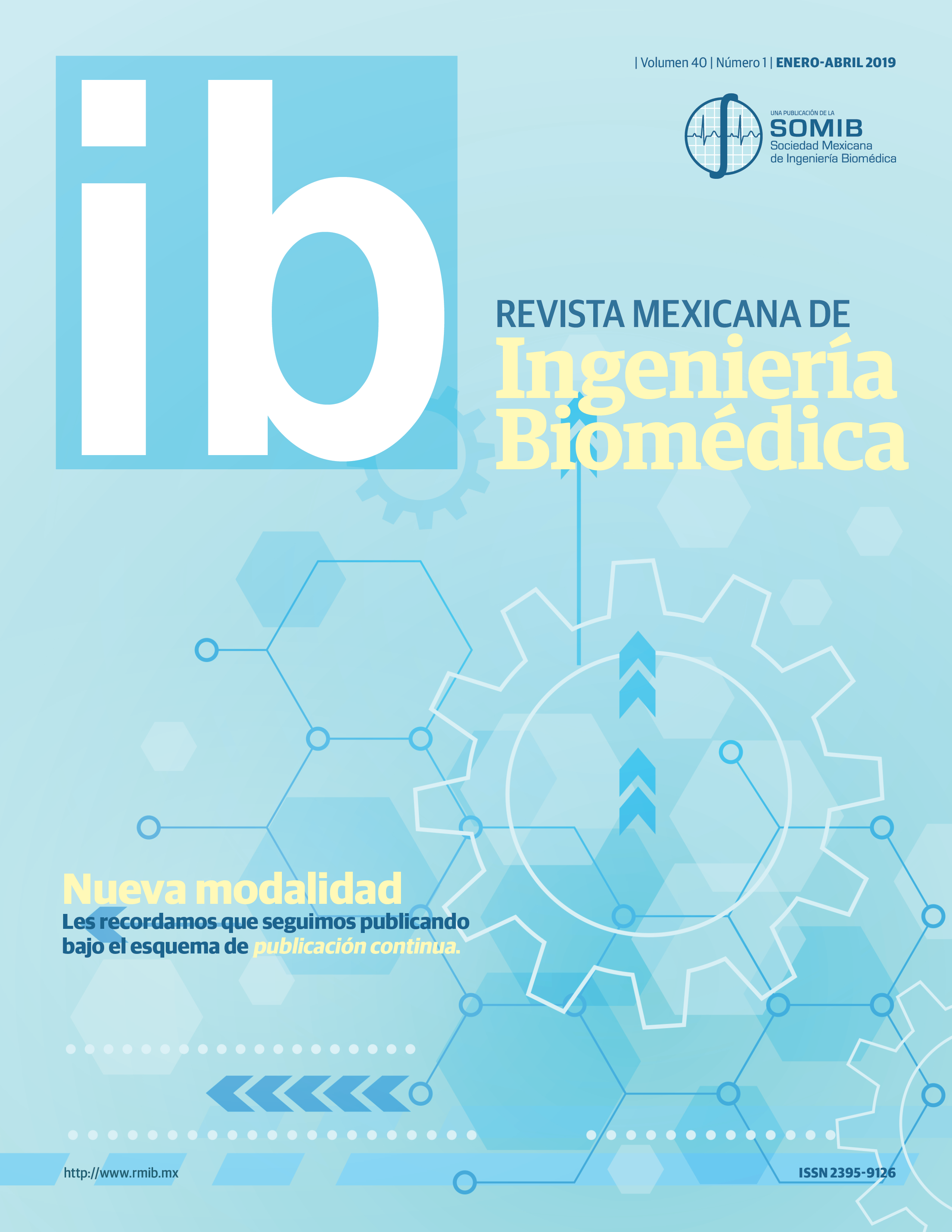Brain-Computer Interfaces for upper limb motor rehabilitation of stroke patients
DOI:
https://doi.org/10.17488/RMIB.41.1.10Keywords:
BMI, NMES, hemiparesis, neurofeedback, neuroplasticityAbstract
Brain-Computer Interfaces (BCI) decode users’ intentions from the central nervous system and could be applied for upper limb motor rehabilitation of patients that have suffered stroke, one of the main causes of disability worldwide. Despite that research groups have reported the efficacy of these systems, a consensus has not yet been reached regarding their true potential. For this reason, a review of up-to-date assessments of BCI for upper limb stroke rehabilitation is presented from the perspective of analyzing common and different design variables presented across studies. Clinical and pilot studies with a control group were included in the review. Most BCI interventions assessments were performed with robotic assistive devices as feedback, followed by neuromuscular electrical stimulation (NMES) and visual feedbacks. Compared to other experimental interventions, the effects of a BCI intervention have been reported in a low number of patients. In addition, high variability between studies’ designs such as stroke etiology and interventions’ duration, do not allow to assess the potential of BCI for stroke rehabilitation. However, a trend towards significant rehabilitation outcomes with BCI systems can be highlighted, encouraging research groups to better coordinate in order to make valuable contributions to the field.
Downloads
Downloads
Published
How to Cite
Issue
Section
License
Copyright (c) 2020 Revista Mexicana de Ingeniería Biomédica

This work is licensed under a Creative Commons Attribution-NonCommercial 4.0 International License.
Upon acceptance of an article in the RMIB, corresponding authors will be asked to fulfill and sign the copyright and the journal publishing agreement, which will allow the RMIB authorization to publish this document in any media without limitations and without any cost. Authors may reuse parts of the paper in other documents and reproduce part or all of it for their personal use as long as a bibliographic reference is made to the RMIB. However written permission of the Publisher is required for resale or distribution outside the corresponding author institution and for all other derivative works, including compilations and translations.








